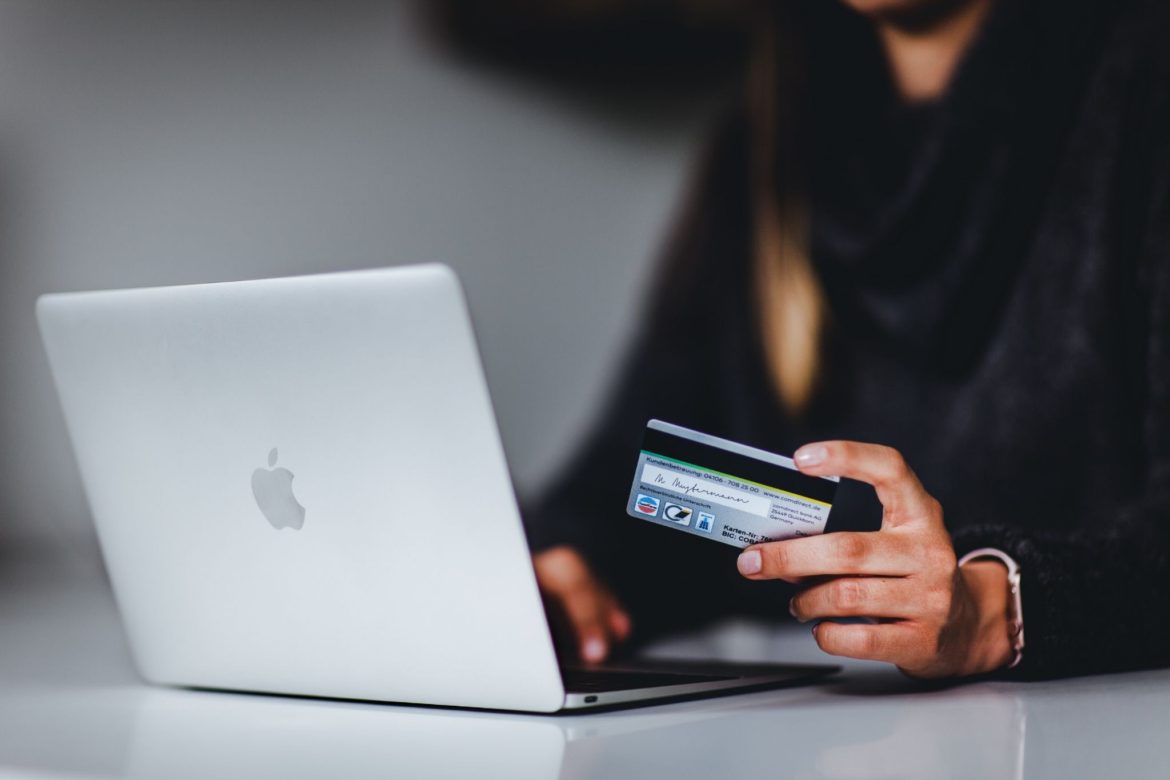How do ‘pay later’ services work?
‘Pay later’ is all the rage these days, with retailers, service providers and everyone in between offering this flexible payment solution. It’s not hard to see why this concept has taken off as it allows customers to access their goods and services before paying for them… but how does it all work? We have used AfterPay, ZipPay and many of these variations, so read on to learn how they work and what the difference is between this and a personal loan. Like any financial product, it is always worth doing your research and assessing whether it is the right fit for you and your circumstances, so we hope this will inform your decision making.
Using ‘pay later’ services
By downloading the ‘pay later’ service you wish to use, you can browse the retailers and offers that are available to be purchased through the app with the total amount being broken into payment chunks that are taken from your account in stages. You can also shop in physical stores or on individual websites and select one of these ‘pay later’ services as a payment method, as you would a PayPal or credit card payment option. The difference between ZipPay and AfterPay (and all the rest) is to do with the number of instalments and the fees associated.
If you want to buy a bed for $500, then one of these payment services would take an upfront amount, typically a quarter of the price ($125). From there, you pay the three remaining $125 instalments over six weeks, with two weeks in-between each payment. If a payment is missed due to there being insufficient funds in your account, then a $10 late fee is charged and the instalment will be charged again two days later when there is presumably money in your funding account. We can all agree that $10 is a fairly agreeable late fee, but you don’t want these to snowball as your purchases and instalment numbers increase. With Apple and PayPal teaming up to create their own ‘pay later’ products, it is safe to say that we will all be using these applications in the future.
How does ‘pay later’ compare with personal loans?
Many have embraced the saturated market of ‘pay later’ services, but personal loans have always been available to customers and are more personalised to individual needs. There is no way to negotiate with an AfterPay purchase, although seeking out a personal loan from a reputable loan provider or bank means that you can decide on the terms of the loan and the repayments therein. Personal loans can also be paid back in a longer timeframe than six weeks, which might be a good or bad thing – depending on what you want to achieve. Both options allow for purchases to be made and the goods and services enjoyed immediately, making it ideal for regular earners to easily pay this back without it crippling one wage that requires an adjustment to be paid before the next pay cycle.
Obviously ‘pay later’ services are going to make more sense on smaller purchases, whereas a personal loan will better serve a large investment that you intend to pay back over more time. Take the time to actually weigh up the advantages of both services and evaluate the option that best meets your circumstances now and in the future.
Considerations for ‘pay later’ services
It’s hard to find a store that doesn’t have an AfterPay sticker in the front window or an e-commerce website that doesn’t have an AfterPay badge. What’s not to love, right? Well, we might be embracing these services a little too quickly, as if we have forgotten that these costs will need to be paid back at a later date. It is worth opening your diary and actually looking to see when the payments will fall and how they align with your pay cycles. A smaller upfront cost is always attractive, but the real cost of these expenses might be far greater. Paying when you have the full amount is always going to be the ideal route, but short of that, take a look around to see what other solutions are out there.
If you are someone who hates an outstanding debt, then you will be pleased to learn that you can pay those future instalments ahead of their due date. The best bit? It does not bring forward the pay date of the following instalment. Be sure to review the providers and apps on their merit to see what features most appeal to you.
‘Pay later’ services are a compelling proposition, especially if you are someone who can easily pay off an amount in smaller chunks but not necessarily upfront. We would love to know if you have used these services before, or do you prefer personal loans or paying for things outright?

